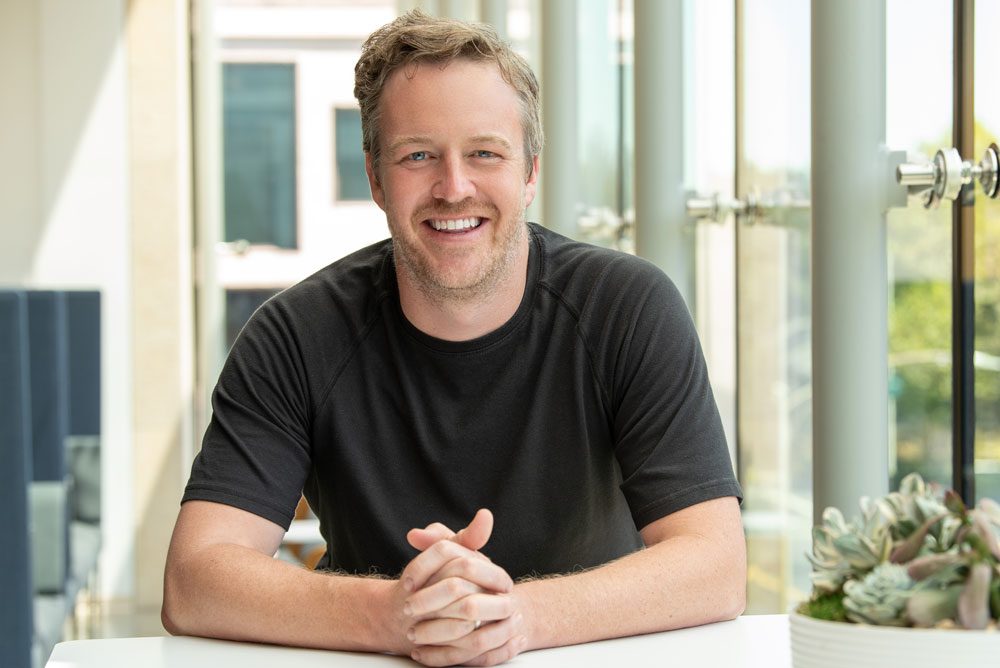Are you an early stage founder trying to figure out what’s next in your startup’s journey? Check out more insights from the Next47 team in our Seed to Series A Playbook.
You’re a founder, and your startup is at a post-seed, early product stage, with some customer traction. You’re starting to make hires and spend some of the seed money you raised. At this point, you start wondering: Should I create an operating plan? This question invariably leads to others: What are the basics of a plan and how do I make it realistic? What can go wrong?
Here is our view on the basics of creating an operating plan.
Should I create a plan?
Yes, you should create a plan. But the kind of plan you’ll create depends on what stage you’re at with your startup. When you’re first starting out, a back-of-the-napkin plan with product milestones, hiring, and cash burn to share with your co-founders might be good enough. But when you’re getting ready to begin your Series A fundraise in a couple of quarters, you’ll need something more than a napkin to show to potential investors — at minimum, a lightweight operating plan. Your plan will help you make decisions. Do I hire more engineers? Do I hire more salespeople? Do I go faster on the current course or do I need to pivot?
What goes into the plan?
The most basic plan worth doing is a simple budget over time aligned to milestones. “There’s three of us. We’re each paying ourselves X, and we’re in deep R&D mode. We think we can hit this milestone by this date, this next milestone by this other date, and this final milestone by some other date, and then we’ll be able to start selling.”
The plan will have some assumptions based on certain ratios of head count or certain productivity rates. But as you begin to get the ground truth from your business, you can start to harden those assumptions. The most difficult things to estimate are usually the number of customers or how much revenue you might get. But the number of people you’ll want to hire in a certain period, or how many customers you will reach out to, or when you will have a product ready to show to the customer are all well within your control and should be in your plan.
Who should we benchmark ourselves against?
Look at a similar company that has gone public — one you admire and consider best in class — and see how they did in their early days. You can get lots of useful information from their S-1 filings, including what their revenues, margins, and growth looked like five or even seven years pre-IPO. Make sure the company you choose as a benchmark is similar to yours — if you’re a hardware company, SaaS metrics don’t matter. Ideally, choose a company that went public within the past five years or so, and try to do as well or better than they did. You can also ask for early days operating plans from your angel and seed investors who have built companies similar to yours.
What are some possible pitfalls?
Much of the time, the first drafts of a plan are overly optimistic. They have early signs that things are starting to work, but the revenue in the plan scales at a rate the business just can’t achieve or sustain. When we see that, we’ll push on those things that help the founder ground the plan on what is a stretch, but not unrealistic.
Also, it’s obvious and apparent to us when a founder puts numbers into a spreadsheet and then applies some sort of arithmetic to build out the rest of the plan. No one is interested in arithmetic. What we’re fundamentally interested in is the evidence that you’ve built the ability to say, “I’ve got the minimum viable product, but I need to blow out these next five features in order to win the next hundred customers.” If you have that clarity of thinking, even if you’re off on the numbers, the clarity of the thinking shows through.
The best plan is aspirational for the kind of company you want to be and the kind of culture you want to have. You want to set stretch goals and you want to hit them. And that percolates to everyone as you grow the team. Having a plan helps you build the winning culture that will fuel your continued growth well into the future.



